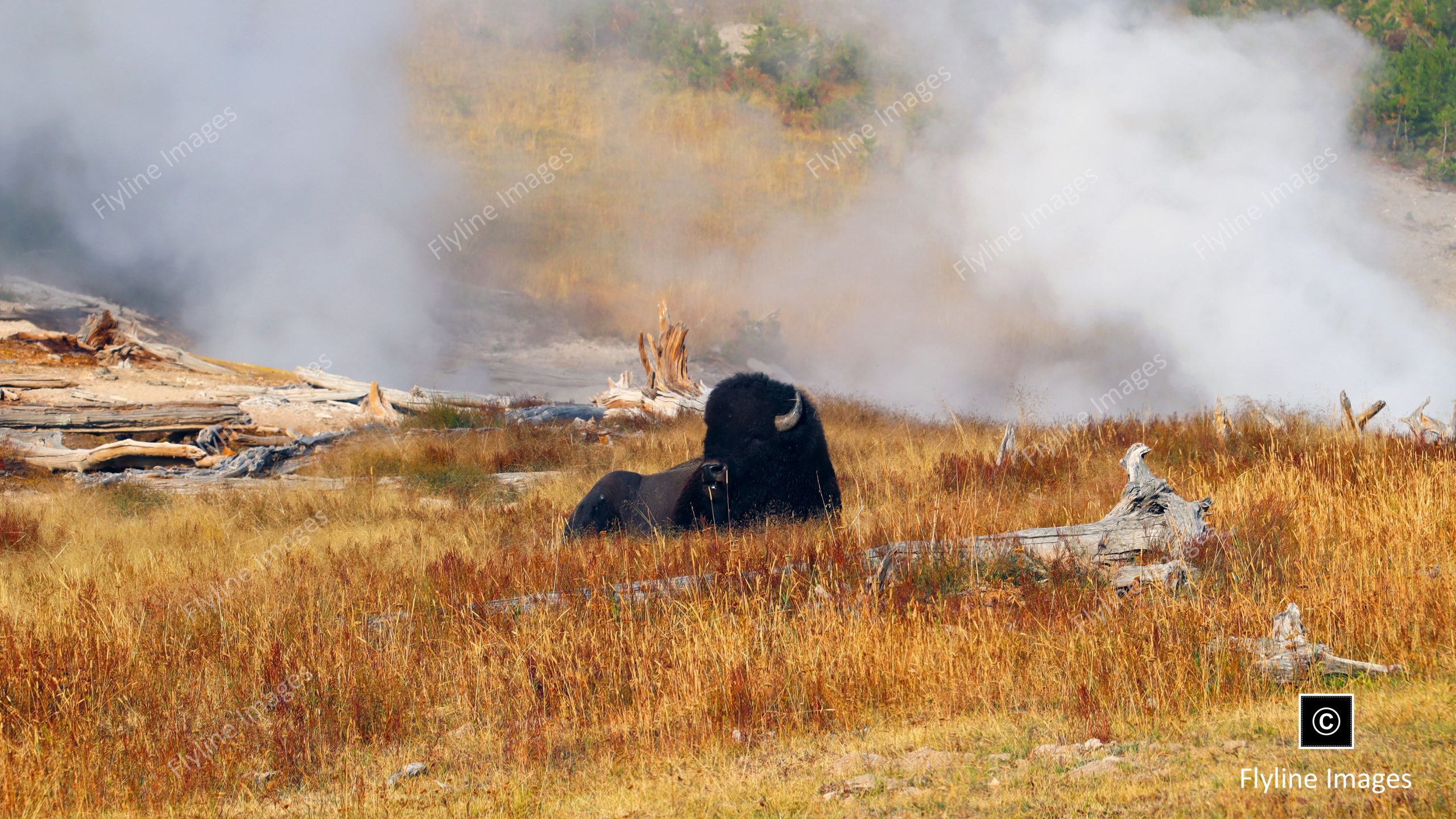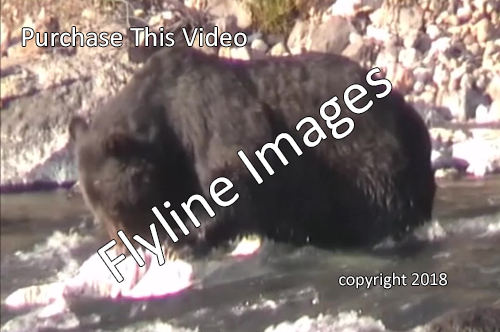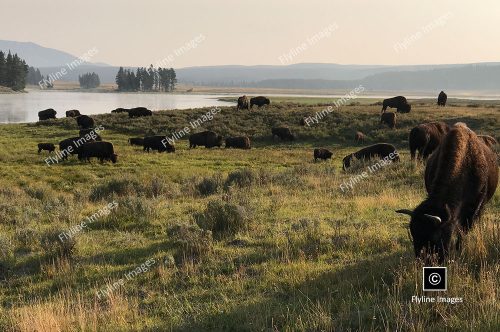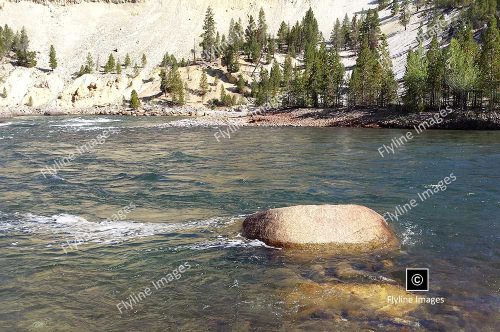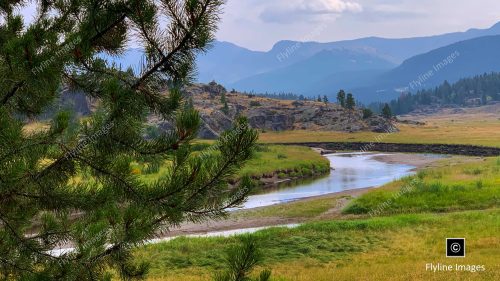The buffalo, or American bison, that inhabit the area near Slough Creek in Yellowstone National Park are part of one of the largest free-roaming, wild bison populations in the United States.
Buffalo-DSCN-0330-P
$10.00
Description
Yellowstone National Park is home to one of the largest bison populations in North America, providing a glimpse into a world where these majestic creatures roam freely as they did centuries ago. The park hosts thousands of bison, commonly referred to as buffalo, in herds that can often be spotted grazing across the park’s expansive grasslands. These iconic animals are integral to the ecosystem, playing a crucial role in maintaining the health and diversity of their habitat. Visitors to the park are often thrilled to witness these herds, whether they are moving across the landscape or resting near the geothermal features unique to Yellowstone. Management efforts in Yellowstone have been vital to conserving this species, ensuring that future generations can continue to experience the wonder of seeing buffalo herds in their natural setting.
In addition to bison, Yellowstone National Park is also home to a diverse array of wildlife. Grizzly bears, black bears, wolves, elk, moose, and numerous other species can be found throughout the park. This abundance of wildlife has made Yellowstone a popular destination for nature enthusiasts and wildlife photographers. With over 60 mammal species and over 300 bird species, there is always something new to discover in the park.
The preservation of these animals and their habitats is a top priority for Yellowstone National Park. The park follows strict conservation measures to protect the natural balance of its ecosystems and ensure that these creatures continue to thrive. This includes carefully managing human interactions with wildlife through education programs and regulations, as well as monitoring and researching the behavior of different animal species.
Aside from being a sanctuary for wildlife, Yellowstone National Park also offers numerous opportunities for outdoor recreation. Visitors can explore over 900 miles of hiking trails, go camping in designated areas, and even participate in guided tours to learn more about the park’s unique geology and ecology. With so much to see and do, it’s no wonder that Yellowstone attracts millions of visitors each year.
But amidst all the beauty and adventure, it’s important to remember that we are merely guests in this wild landscape. Responsible tourism is crucial for preserving the delicate balance of Yellowstone’s ecosystem. This includes following park rules and regulations, respecting wildlife by keeping a safe distance, and properly disposing of waste to avoid harm to animals. By practicing responsible tourism, we can all play a part in ensuring that Yellowstone National Park remains a thriving habitat for its diverse array of wildlife for generations to come. So pack your bags, grab your camera, and get ready for an unforgettable experience in one of the most iconic national parks in the world.
Image & Download Information
When you purchase this photo, you will be granted access to download the image. We have provided 1 image option, Large 1400 x 500.


